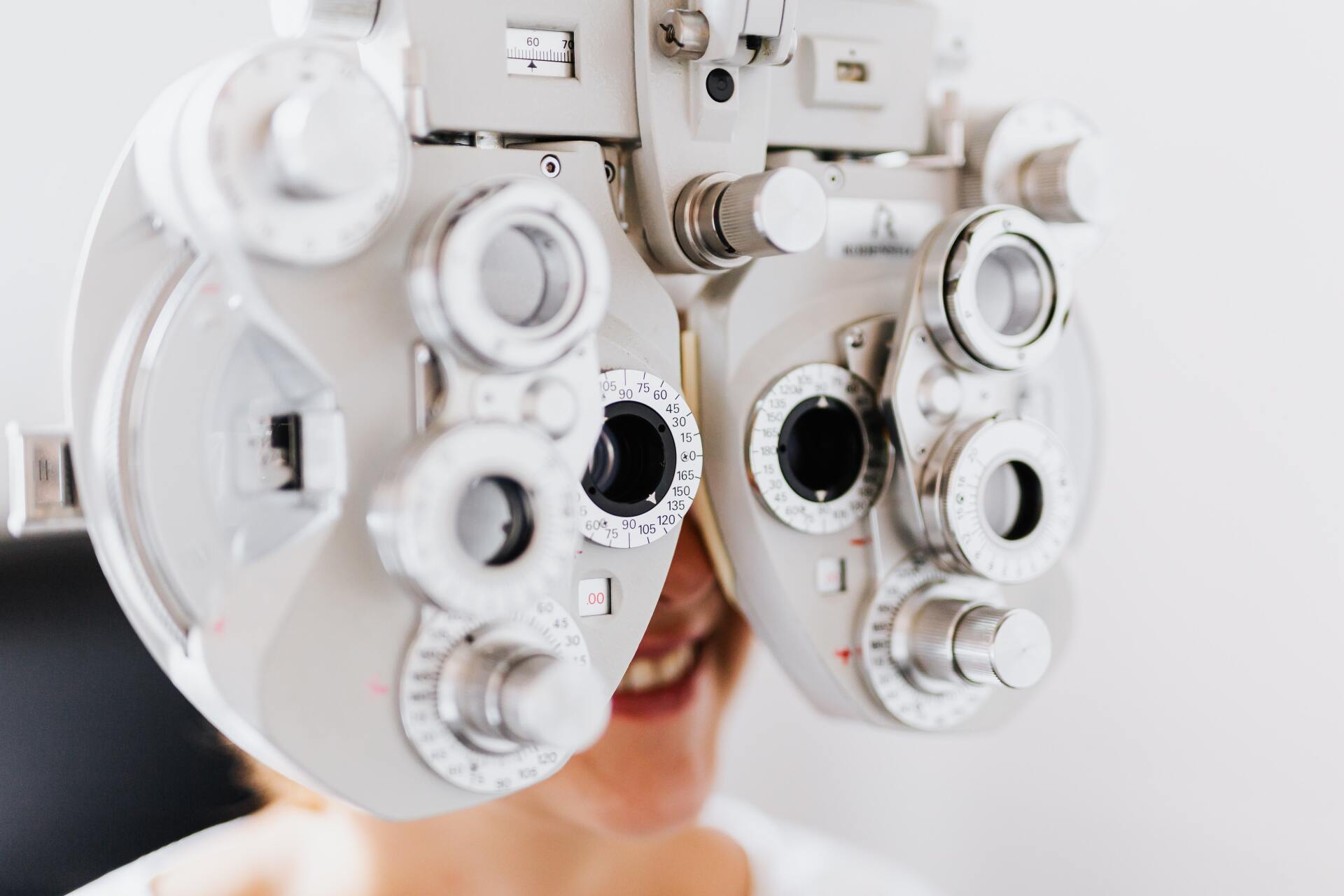the good doctor on: The Exam (you wish you could study for)

Blog #41 The Exam (you wish you could study for)
I have spent that past few weeks discussing visual impairment and low vision. This time I would like to go through the specifics, in bullet form of a “normal” eye exam. As you will see, there is a lot more involved than checking eyes for 20/20 and getting which lens is better, “one or two?
- Intake- getting you registered with front desk with all your particulars
- Pre-test-
putting you through an array of tests:
- Auto-refractor: measures spectacle prescription
- Auto-keratometer: measures corneal curvature
- Non-contact tonometer: measures eye pressure
- Pachymeter: measures corneal thickness
- Optical coherence tomographer: measures the retinal layers
- Case History- your reason for visiting, medical history, medications, ocular history, lifestyle, work environment, hobbies and any pertinent family history
- Visual Acuity- taken at distance, 20 feet and at near, 16 inches usually
- Binocular vision- how well the eyes work together at distance and near, and how well the brain uses visual information to perceive that information
- Colour vision- assessed for defects
- Visual fields - either by hand or by machine, this tests your peripheral vision
- Refraction- the “which is better one or two?” section, this is the fine tuning of your prescription
- Slit lamp exam- a bio-microscope is used to take a look at your eye with a series of light filters, magnifying lenses and stains to determine eye health
- Dilated Fundus exam- dilating drops are used to make your pupils a lot bigger, so we can see into the retina and its periphery looking for irregularities
- Wrap-up- all parts of the exam are reviewed, treatments prescribed, and recommendations made.
This is a simplified flow chart for your experience at Burlington Eyecare. Any questions you may have before, during, or after your visit are always welcome.
Til next week,
the good doctor, Dr. Mark Germain, Burlington Optometrist






